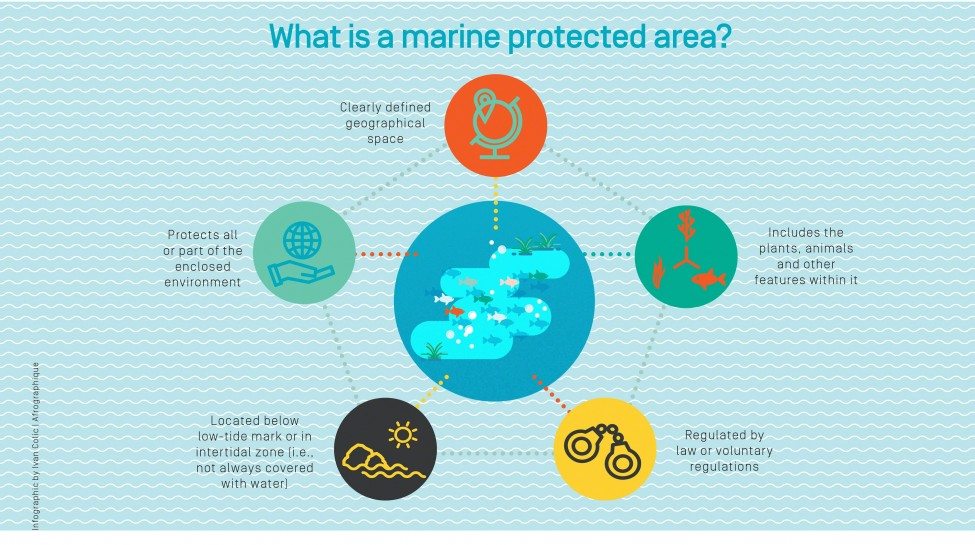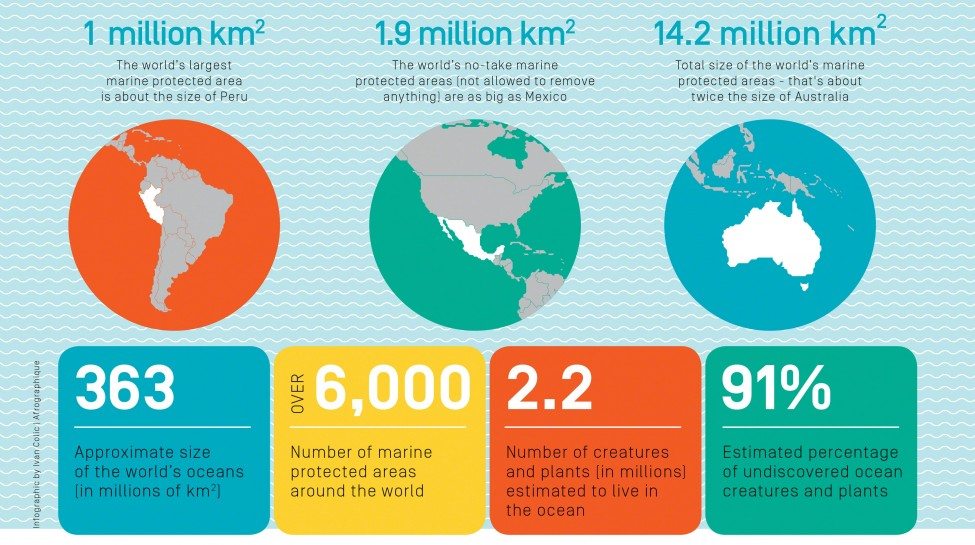Nature Reserves at Sea: The Beginning
The idea of setting aside a part of the ocean in which the well-being of the natural life in it can be ensured is easy to understand. It sounds very much like the nature reserves we have created on land, a concept most people are familiar with. For many decades we’ve been protecting areas on terra firma. Yellowstone, widely purported to be the first national protected area, was declared in 1872.
Photo by Thomas Peschak
The idea of setting aside a part of the ocean in which the well-being of the natural life in it can be ensured is easy to understand. It sounds very much like the nature reserves we have created on land, a concept most people are familiar with. For many decades we’ve been protecting areas on terra firma. Yellowstone, widely purported to be the first national protected area, was declared in 1872.
We’ve learnt that on land protected areas can help to alleviate conservation concerns – species loss, habitat loss, human–wildlife conflict – yet they are not a panacea. We know that we can’t pollute our waterways, cut down forests, kill off species and wash away our topsoil outside protected areas – which the majority of our land is – and still expect ecological systems to continue to function and support us. We realise that we need to manage wisely the parts of the earth that aren’t protected too.
To some, marine protected areas represent a silver bullet for a myriad challenges, be they related to conservation, social upliftment or fisheries. This inordinate hope we place in marine protected areas was what drew me to study them and learn about what they can really do.
For as long as I can remember, I’ve been fascinated by the animals, plants and landscapes around me. I’ve also been acutely aware, even from a young age, of the lack of balance between the wants of people and the needs of the environment. Stories of how we were mistreating our planet caused me stress and sent me on a path to contribute to a solution. After exploring science, maths, zoology, ecology and genetics during my studies, I landed on marine protected areas for my post-graduate research. I had learnt that – even though it can be difficult to imagine, with forests disappearing, climate changing, urban-scapes growing – on land we actually have a better handle on conservation than in the sea. I learnt that more than 10% of the planet’s land was protected in some way, but in the sea the proportion was (until recently) closer to 1%. I saw a tool and a need.
Marine protected areas range from small, locally managed patches of coastline to unimaginably big areas of remote ocean. These latter, the giant marine protected areas of our planet, have been making headlines since the mid-2000s as countries fall over one another to designate bigger and bigger sanctuaries. Yet, despite the increasing efforts to improve the protected area coverage for our oceans, it severely lags behind that for land, with only 4% of the marine environment protected.
‘So what?’ you might ask. ‘Why do we need to protect more of the ocean?’


